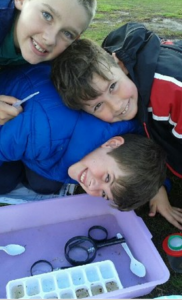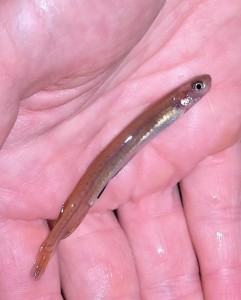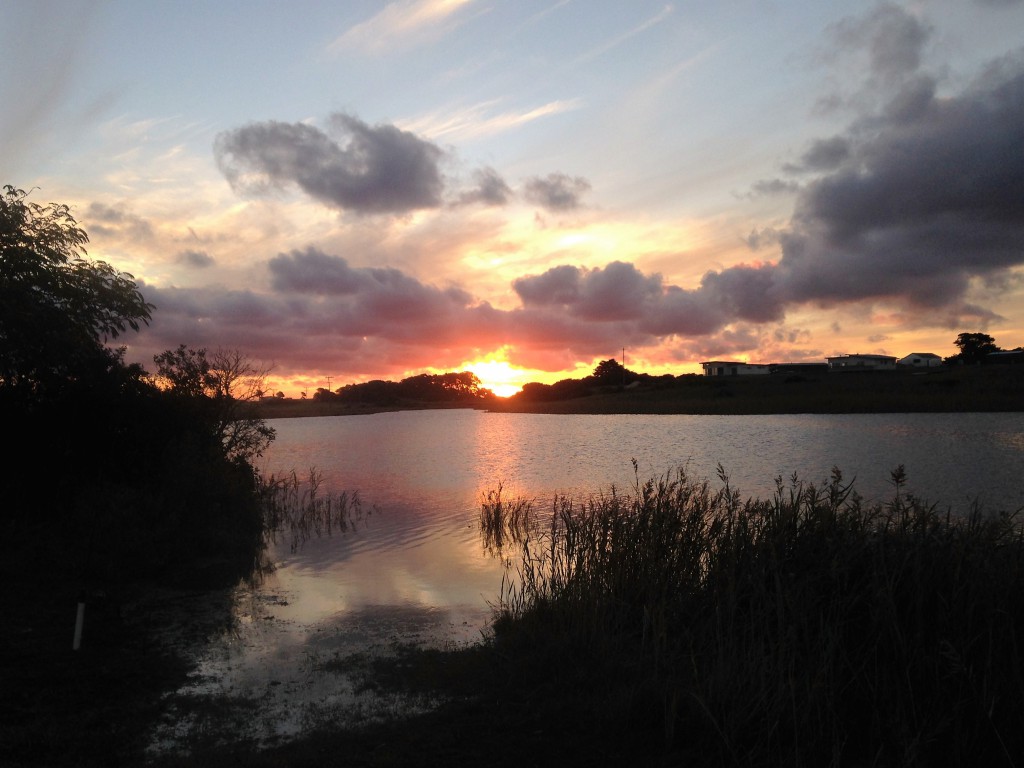Junior scientists explore the Surry River for a Waterwatch session with NGT
Magnifying glasses, dip nets and colourful gumboots were present en-masse at the Surry River on the 4th May. I was fortunate to be joined by Liam and Lauren V from NGT to hold an interactive “Waterwatch” session with students from the Narrawong District Primary School.
Always with enthusiasm in tow, the students got to see, and learn about some of the creatures that make the river and surrounding floodplain home.
The week before I visited the students at the school to talk about what we might find there, and what are some of the important features of the wetland ‘habitat’ that make it a fitting home. The students also learnt about some of the ‘tricks’ of how to identify local water bugs – the most abundant and (under the microscope) some of the most interestingly looking creatures hanging around.
It was not long before students were finding and calling out the names of some water bugs, such as the ‘freshwater yabby’ and ‘water boatman’.
Liam’s fish presentation was a hotspot, with students very eager to see and learn about some of the estuarine species. 8 species were observed, including: Smelt (Retropinna sp.), Flathead Gudgeon (Philypnodon grandiceps), Small-mouthed Hardyhead (Atherinosoma microstoma), Bluespot Goby (Pseudogobius olorum), Lagoon Goby (Tasmanogobius lasti), Australian Salmon (Arripis trutta), Black Bream (Acanthopagrus butcheri), and Common Galaxias (Galaxias maculatus).
Students were delighted to learn that the Smelt really does smell like a fresh cucumber! We also investigated how these animals’ presence can tell us a lot about the health and conditions of waterbodies – some being quite tolerant in terms of temperature, turbidity, nutrient level, etc, while others can be very sensitive, requiring particular ranges of conditions.
With recent large swells, and a mouth nearing to opening, the salinity levels of the estuary were quite high, and reflective of the range of animals found at the site. Students also discussed ways in which we can help to keep out wetlands and waterways healthy.
For more information on the Narrawong East St Wetland Restoration Project, please visit the NGT Project Page.





